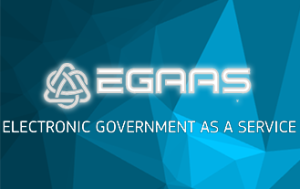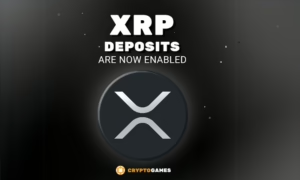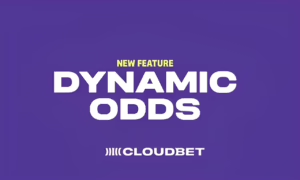eGaaS Provides Solutions For Bureaucratic Obstacles

The ambitious eGaaS project will launch an ICO in a few hours. This blockchain project aspires to make all bureaucratic processes more efficient. From elections to the implementation of contracts and provision of financial services, eGaaS aims to reduce the need for paper and the need for constant process overview. Instead, state processes can be carried out through a secure blockchain that will allow for a more efficient relationship at every level.
Basic eGaaS Characteristics
eGaaS stands for Electronic Government As A Service. States that use eGaaS will be able to transfer the use of their local currencies onto a blockchain-powered system. This, coupled with secure blockchain features, are the main characteristics that make adoption attractive. The following is a list of every other main characteristic that makes eGaaS such an ambitious, yet promising project:
- Instant codification of new legislation into future contracts.
- Smart contracts to settle any kind of transaction.
- Legal registry options.
- ID Authentication options.
- The eGaaS blockchain is based on Delegated Proof of Stake (DPoS).
- The network works with an internal currency, EGS.
- People, governments and businesses will be able to use national currencies to settle contracts on eGaaS.
- Nodes are rewarded with transaction fees.
The Four Pillars
eGaaS effectively works on 4 different pillars simultaneously, to transfer government and business activity onto the blockchain. The four pillars are:
- The financial system.
- Registry structure.
- Smart contract algorithms.
- Smart law formation and execution.
The combination of these four pillars are the basis for the system to work properly. It can be used to transfer a set of rules or laws onto the blockchain that will be powered by algorithms. These algorithms will make these rules execute themselves. Financial structures can also serve to underpin the system, creating blockchain-based markets. The implementation of the system reduces the need for intermediaries.
How can eGaaS work?
To illustrate the benefits of this project, suppose that a municipality adopts eGaaS and starts conducting land registry on it. The municipality can codify tax policy, real estate development rules and other relevant bylaws into the blockchain – smart laws. This will allow users, such as potential buyers and sellers or investors, to trade knowing exactly how they can develop the plot of land. The government in return could oversee compliance by using aerial pictures to underpin blockchain verification mechanisms, codified into contracts – smart contracts. Municipal tax payments and any other capital gains tax payments could be collected as land titles change hands or if and when the purchasing party upgrades or develops the plot. If the city council decides to change any of the laws involving the use of land, they can immediately upload the change to the blockchain and future contracts will automatically adjust.
An Exciting Blockchain Project
This is definitely an exciting project with a lot of potential. Anyone interested in the ICO, which eGaaS will launch in a few hours, should read more about the project. This is definitely a refreshing blockchain idea, because it does not attempt to decentralize any aspect over which a government has control, but rather seeks to enhance the way governments, businesses, communities and individuals interact.
Click here to learn more about the eGaaS project.









